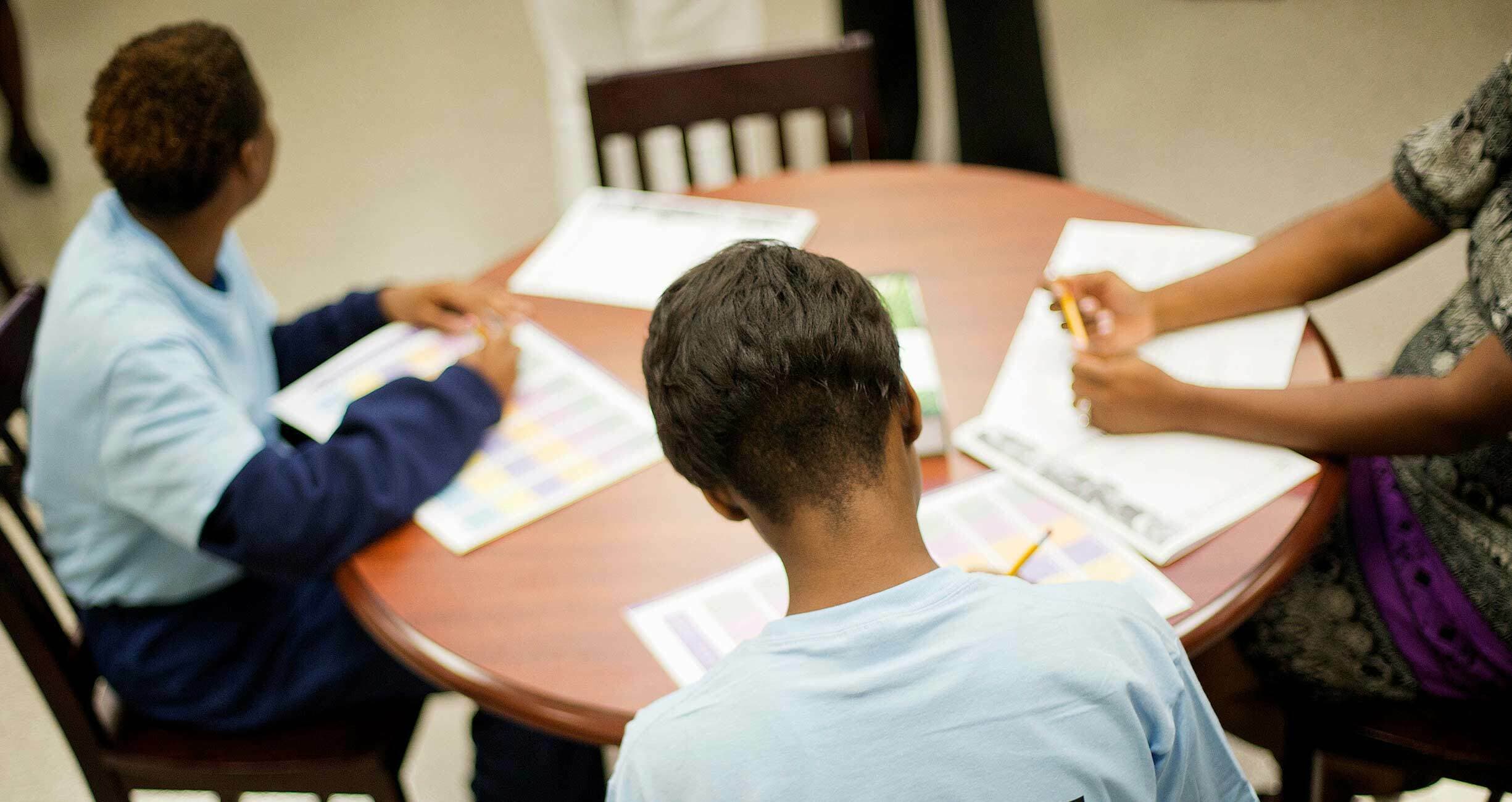College in Prison Adapts as COVID-19 Upends Education in Schools Everywhere
Over 22,000 incarcerated students have been able to access higher education through the Second Chance Pell program, but the pandemic has brought new challenges.
Daniela, who received her associate’s degree in 2014, says going to college and getting a degree while in prison gave her a second chance “to be who [she] always wanted to be.”
But for decades, getting that second chance and accessing higher education has been a challenge for people like Daniela. The Second Chance Pell Experimental Sites Initiative, a U.S. Department of Education (ED) program that provides financial aid to incarcerated students in the form of Pell Grants, is helping address the gaps. Since it began in 2016, more than 22,000 students across the country have been able to enroll in higher education programs in prison, and 7,000 of them have been awarded certificates and degrees.
The ban on Pell Grants for incarcerated students—part of the 1994 crime bill—had a devastating impact. Without this federal need-based financial aid, incarcerated students, who earn pennies per hour for the work they do in prison, couldn’t enroll in higher education programs. After the ban was implemented, the number of college-in-prison programs available across the country plummeted from 772 in the early 1990s to only eight in 1997.
In expanding access to postsecondary education in prison, Second Chance Pell helps create opportunities for incarcerated people to secure well-paying jobs and thrive in their communities after they are released. People who participate in college-in-prison programs are 48 percent less likely to return to prison than those who do not. In 2016, 67 colleges were selected to participate in Second Chance Pell, and in 2020, the initiative expanded to include 130 colleges from 42 states and Washington, DC.
Enrollment increased each year for the first three years of the initiative. A dip in enrollment in the fourth year can likely be attributed to the many challenges programs have faced during the COVID-19 pandemic, according to a survey by Vera, which provides technical assistance to the participating colleges and corrections departments.
COVID-19 upended education in schools everywhere, and higher education programs in prison were no exception. But the transition to distance learning for incarcerated students posed unique challenges. Yes, internet access is limited—even nonexistent—for many students in prison. But incarcerated people faced a much more dire situation as prisons became hotbeds for the virus. In the United States, which has one of the highest infection rates in the world, 9 percent of people have contracted COVID-19. In U.S. prisons, that number is almost four times higher, at 34 percent—and the actual figures are likely much larger, since testing has not been a priority in many prisons.
Despite these constraints, most colleges that offer higher education in prison through Second Chance Pell found a way to keep their programs running. Corrections officials expanded the use of technology in ways previously not permitted in prisons. Programs adopted distance learning approaches. Some colleges set up video classrooms, and others used e-mail communications systems. Last spring, 63 percent of programs changed the way they taught, and 24 percent continued without any modifications, while 14 percent terminated their semesters. A similar trend continued in fall 2020.
At the end of the 2019-2020 financial aid year, Second Chance Pell programs were operating in 30 states and Washington, DC. And, with the removal of the ban on Pell Grants for incarcerated students this past December, the future of higher education in prison looks brighter than it has in decades. When the policy takes effect in July 2023, all people in prison will be eligible to apply. If they meet the ED’s requirements to qualify for aid, they can receive a Pell Grant to pay for college. In the coming years, up to 463,000 people who are currently incarcerated may be eligible for this financial aid.
“Postsecondary education in prison changed the trajectory of my life,” says Daniela, who went on to receive a bachelor’s degree in social welfare from the University of California, Berkeley, and will graduate with a master’s degree in social work in the coming weeks. She wants to be able to provide support to people who have been incarcerated. “My education empowered me during a difficult time, and it gave me a hope for my future.”
With greater access to education in prison, hundreds of thousands more will hopefully be able to say the same.
